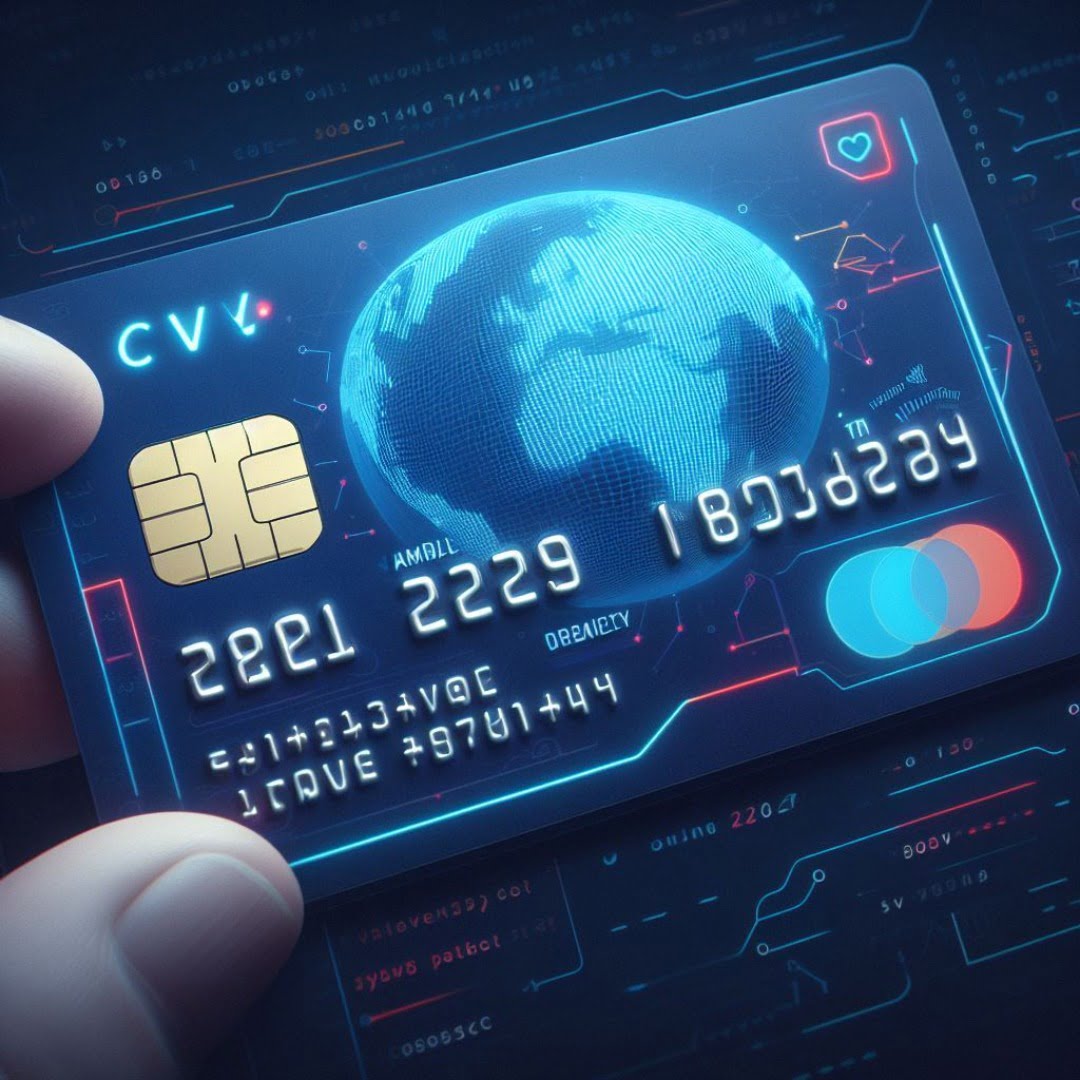In the vast landscape of online transactions, the three-digit code on the back of your credit card, known as the Card Verification Value (CVV), stands as a crucial guardian of your financial security. Understanding how to find the CVV on different types of credit cards is not only about convenience but is a vital aspect of ensuring the safety of your transactions.
Introduction
In the realm of digital transactions, CVV plays a pivotal role. As we delve into the nuances of finding the CVV on various credit cards, it’s essential to grasp its significance in securing online payments. Let’s embark on a journey to demystify the location of CVV on different credit card types.
What is CVV?
CVV, or Card Verification Value, is a three- or four-digit code found on credit cards. Its primary purpose is to add an extra layer of security to online transactions. Without the correct CVV, completing a transaction becomes challenging, enhancing the overall safety of credit card use.
Finding CVV on Visa Cards
For Visa cardholders, locating the CVV is a straightforward process. Flip your card over, and you’ll find the three-digit code at the back, usually near the signature panel. This code is instrumental in validating the authenticity of online transactions associated with your Visa card.
Locating CVV on MasterCard
MasterCard CVVs, while serving the same purpose, are typically located differently than those on Visa cards. Turn your MasterCard over, and you’ll find the three-digit code, often towards the top of the back side. MasterCard employs this placement for added security measures.
American Express CVV
American Express, commonly known as Amex, employs a unique approach to CVV. Unlike Visa and MasterCard, Amex places its four-digit CVV on the front of the card, just above the card number. Understanding this distinct feature is crucial for Amex cardholders.
Discover Card CVV
Discover Card users will find their CVV on the back of the card, similar to Visa and MasterCard. This three-digit code contributes to the security measures implemented by Discover to safeguard online transactions.
CVV on Debit Cards
While the fundamental purpose of CVV remains the same for both credit and debit cards, the location might differ. Debit card CVVs, like those on credit cards, are crucial for securing transactions. Understanding this is vital for individuals who use both types of cards.
Importance of CVV in Online Security
CVV serves as a formidable deterrent against fraud in online transactions. Its role in authenticating the cardholder ensures that only individuals with physical possession of the card can complete transactions.
Tips for Protecting Your CVV
Ensuring the security of your CVV is a shared responsibility between card issuers and cardholders. Here are some tips to protect your CVV:
- Keep it Confidential: Avoid sharing your CVV with anyone, even if they claim to represent your bank.
- Secure Digital Transactions: Only use your credit card on secure and reputable websites to minimize the risk of data breaches.
- Regularly Monitor Transactions: Keep a close eye on your credit card statements and report any suspicious activity promptly.
CVV and Mobile Payments
The integration of CVV in mobile payments aligns with the growing trend of digital transactions. Mobile wallets utilize CVV information to ensure the security of transactions, emphasizing the need for users to safeguard this code.
CVV and E-commerce
In the realm of e-commerce, CVV plays a pivotal role. Its inclusion in online transactions adds an extra layer of security, making it essential for individuals engaged in frequent online shopping to be familiar with its location on their credit cards.
Security Measures Beyond CVV
While CVV is a potent guardian against fraud, additional security measures should not be overlooked. Multi-factor authentication, transaction alerts, and regularly updating personal information contribute to a comprehensive approach to credit card security.
Conclusion
In the ever-evolving landscape of digital transactions, understanding how to find the CVV on different types of credit cards is not just a matter of convenience but a crucial step towards ensuring the safety of your financial transactions. Whether it’s Visa, MasterCard, American Express, or Discover, the security of your CVV is paramount.
FAQs About CVV
To wrap up our exploration, here are some frequently asked questions about CVV:
- Why is CVV necessary for online transactions?
- CVV acts as an additional layer of security, preventing unauthorized online transactions.
- Can I share my CVV with others?
- Absolutely not. Your CVV should be kept confidential to maintain the security of your card.
- What if someone gains access to my CVV?
- Immediate contact with your card issuer is crucial to report the incident and take necessary actions.
- Are CVV and PIN the same?
- No, they serve different purposes. CVV is for online transactions, while the PIN is for physical card usage.
- How often should I check my CVV?
- Regular checks are advisable, especially before online transactions, to ensure it hasn’t been compromised.

